It’s almost Father’s Day! What is the dad in your life's favorite dessert? One of these simple raw desserts will surely satisfy his sweet tooth! If he likes creamy desserts, try the raw cheesecake or the raw banana cream pie. For simpler fare, whip up raw apple pie or raw carrot refrigerator cake. Whatever you decide to make, you can be sure it will be a big hit with the dad in your life!
And if dad isn't into "raw food"? Don't tell him! What he doesn't know won't hurt him :)
Raw Banana Cream Pie

You can’t beat this delicious and simple raw dessert. So very smooth and creamy, yet easy to make, this Raw Banana Cream Pie will impress your dad! (Everyone wants seconds of this one, so if serving for a large group you may want to double it.)
Cashews, coconut, dates, honey, and bananas (of course!) are the main ingredients in this delightful recipe.
Raw Cheesecake
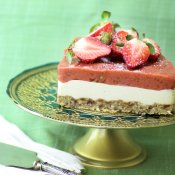
Here is a simple raw dessert that even your non-raw dad will love! This rich and delicious Raw Cheesecake tastes just like the real thing, try it and see.
Macadamia nuts, dates, and cashews feature in this cheesecake. Yum!
Raw Apple Pie
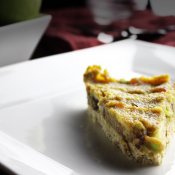
Here is a great simple raw dessert for the dads who love Raw Apple Pie. While not a ‘fancy’ dessert, this raw apple pie is both flavourful and filling, and can be made up to a week before dad’s special day!
If my dad was here, I'd make him this one because he loves apple pie. Oh pop, wish I lived closer to you!
Raw Carrot Refrigerator Cake Recipe
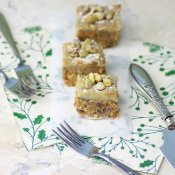
Who doesn’t love carrot cake? This simple raw dessert surprisingly has the texture and taste of cooked carrot cake, and keeps well in the fridge for several days. It even has a creamy cashew-based icing to make it perfect.
Surprise your pop with this Raw Carrot Refrigerator Cake this Father's Day!
Raw Chocolate Mousse

If chocolate is more your dad's thing, then treat him to this smooth and creamy Raw Chocolate Mousse. It's so easy - you just need your food processor.
Avocado is the secret ingredient, along with banana and cacao. Soooo good!
Hmm, which one to make?
Can't decide? Remember, you can always make more than one dessert! In fact, you can find more desserts in the raw recipes index. So what will you be making for dad this Father’s Day?









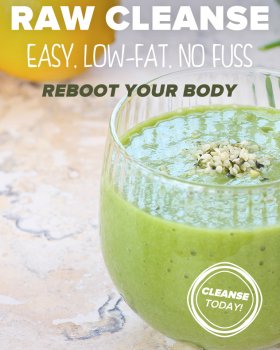











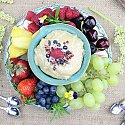
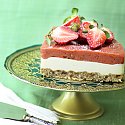
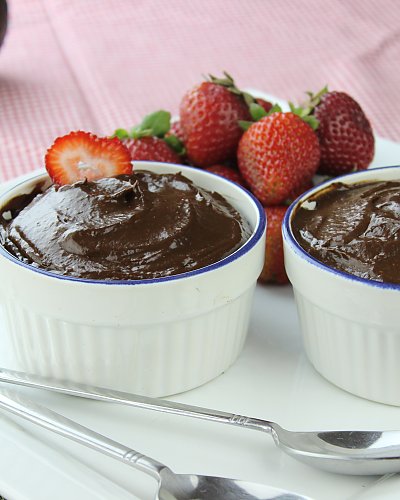
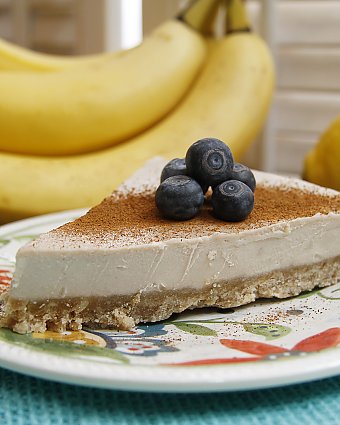

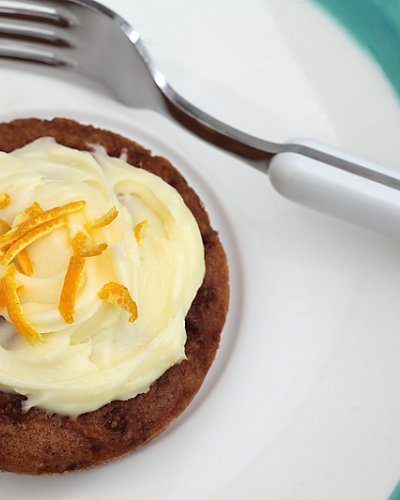


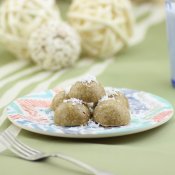
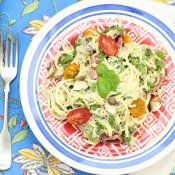
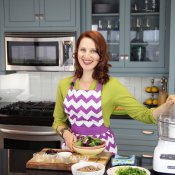
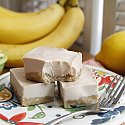


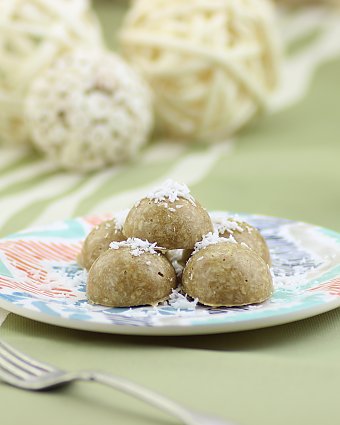
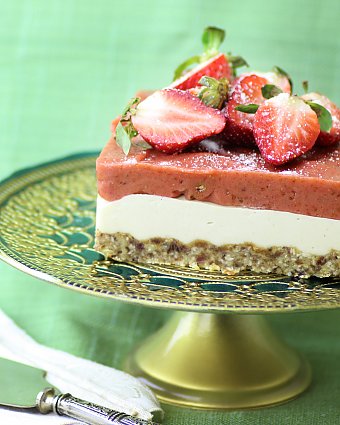
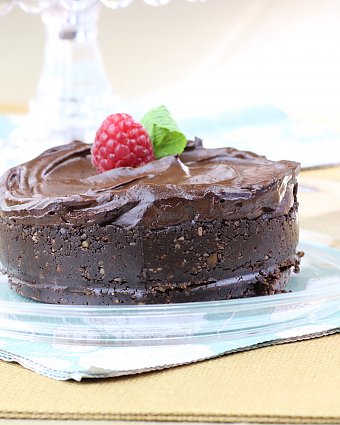


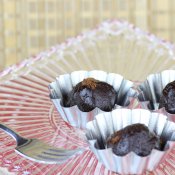

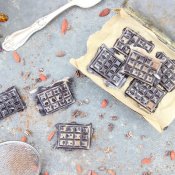
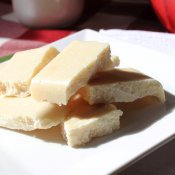
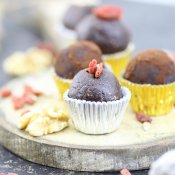


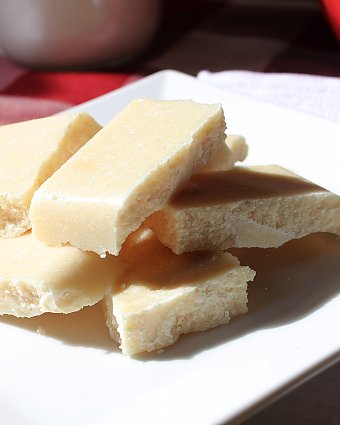
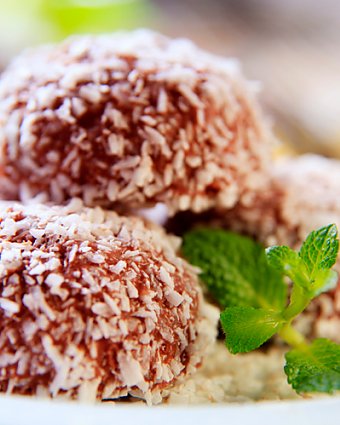
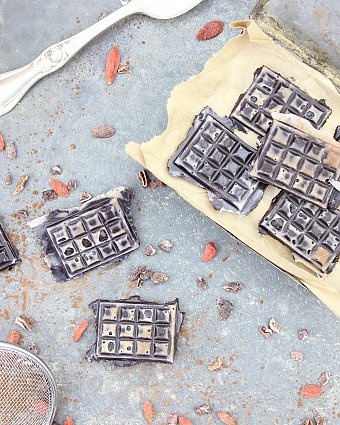

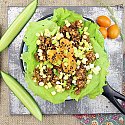

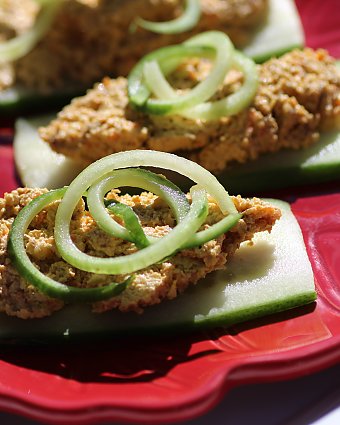
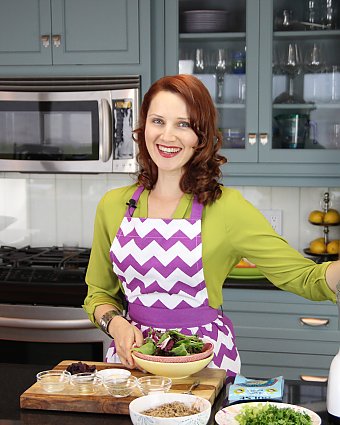
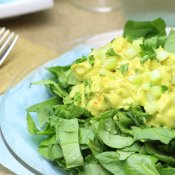
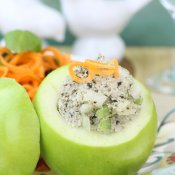
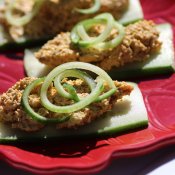

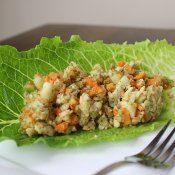

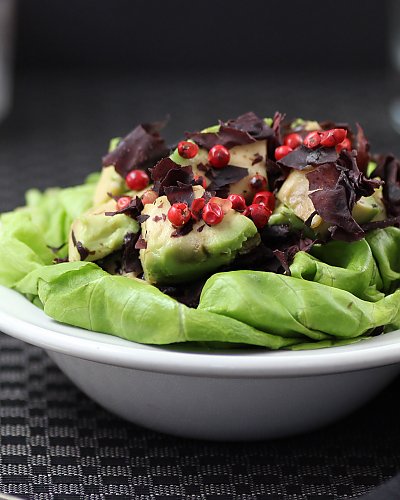
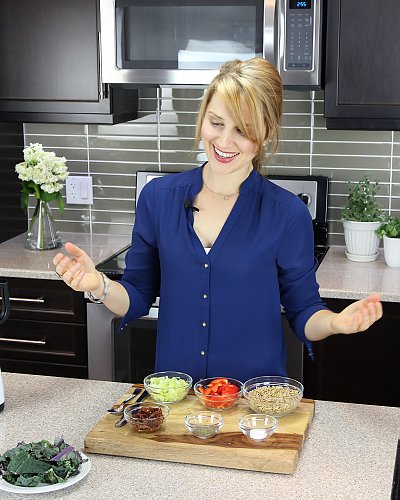
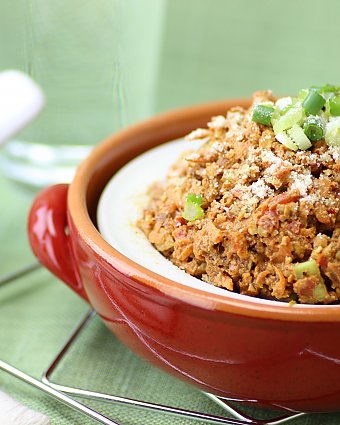




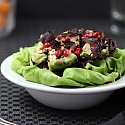
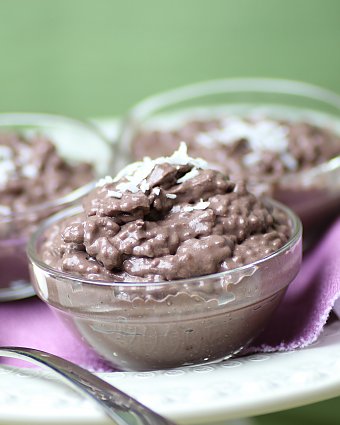
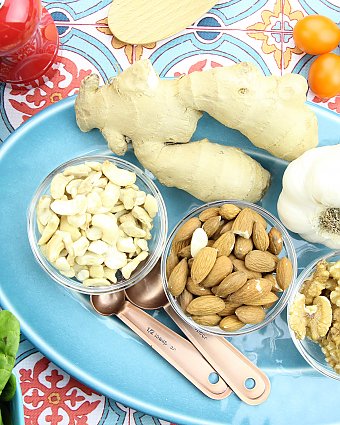
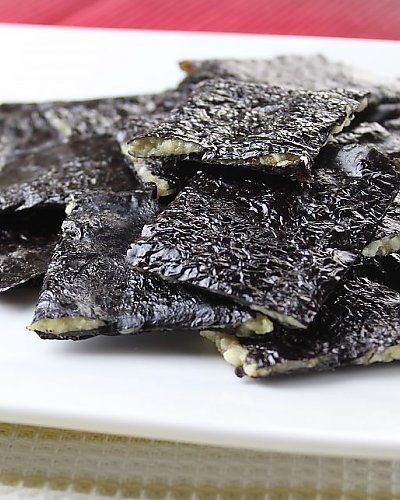
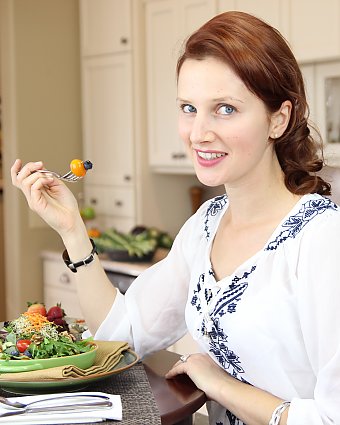


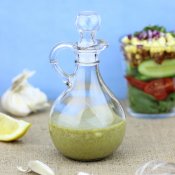
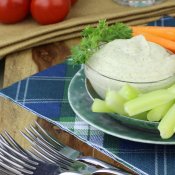
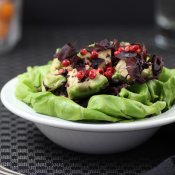
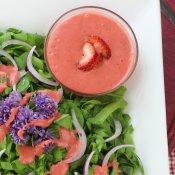
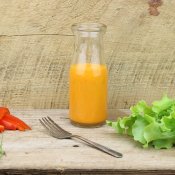
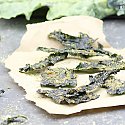
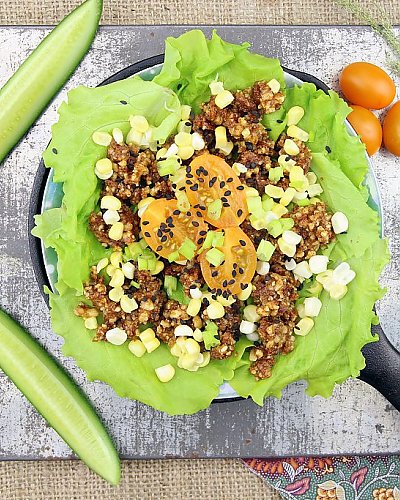
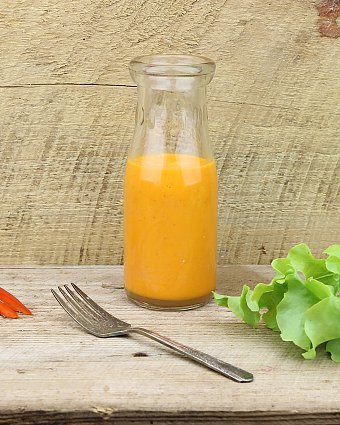
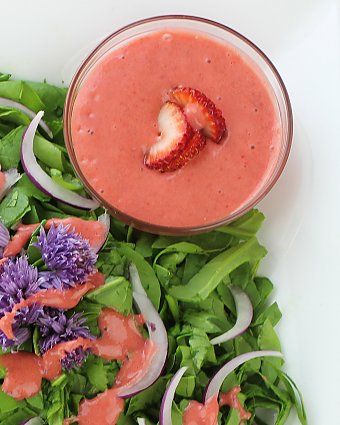
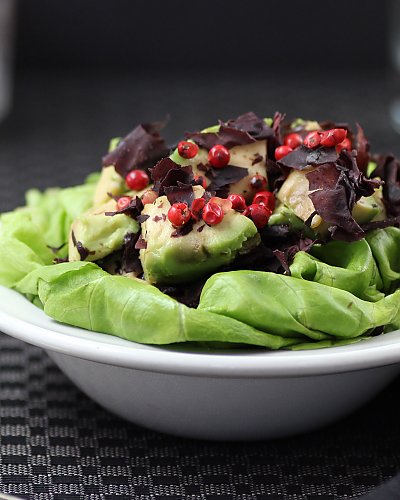


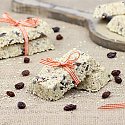




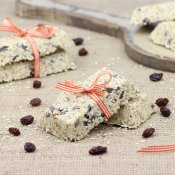
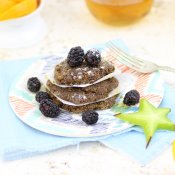
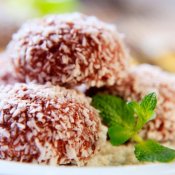
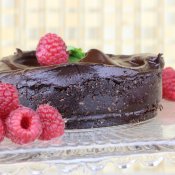
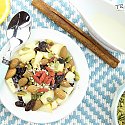
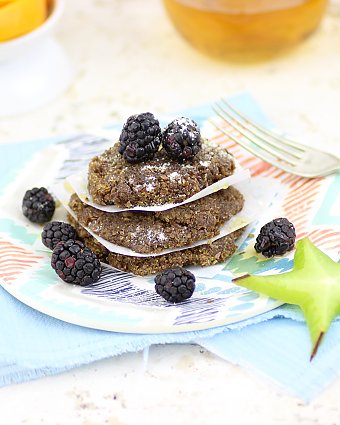
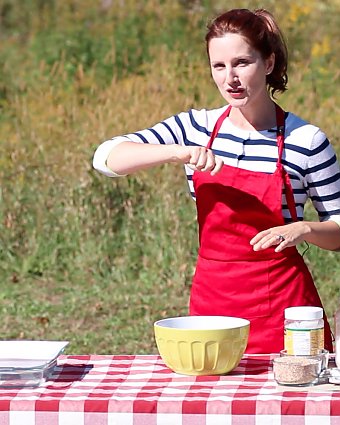
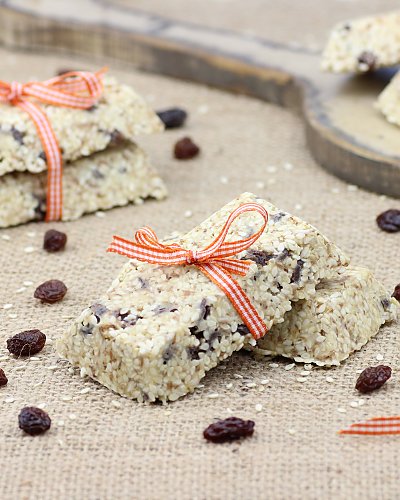
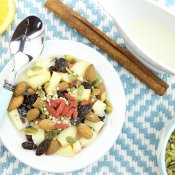
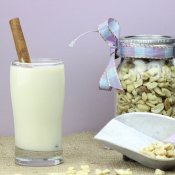
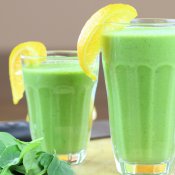
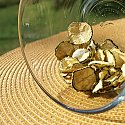
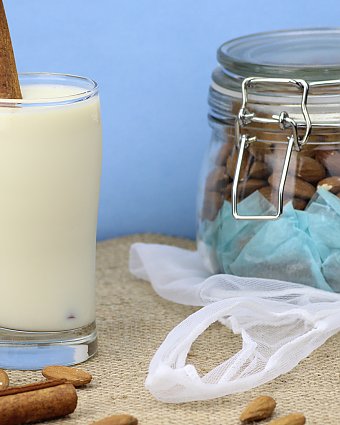
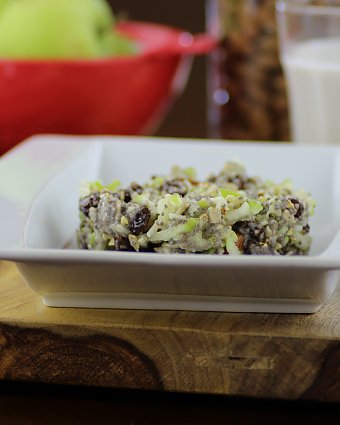
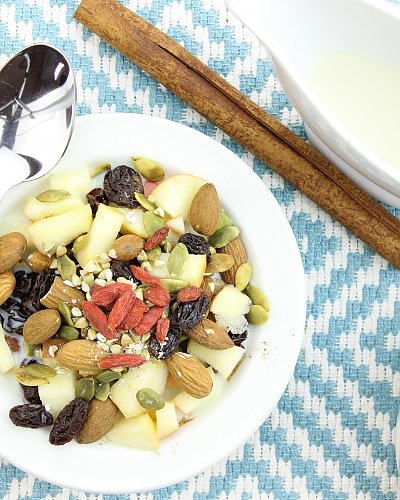
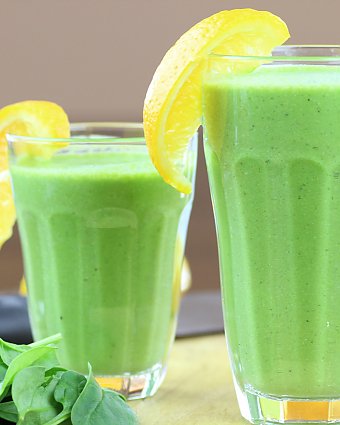
























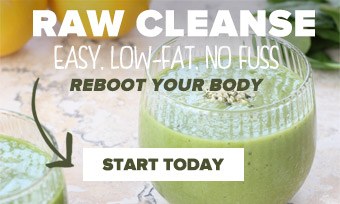
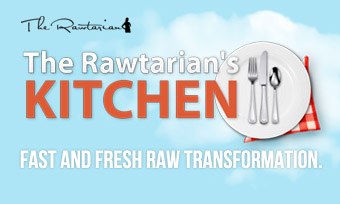
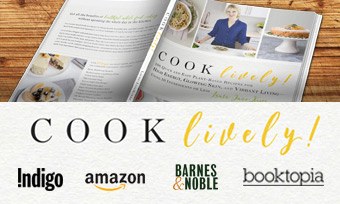
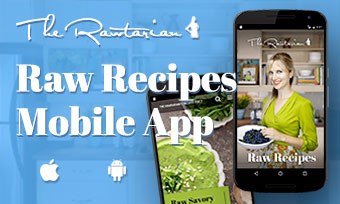
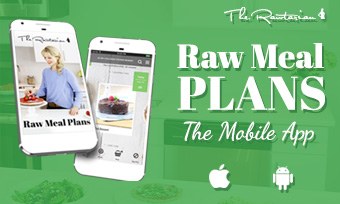
What's Being Talked About